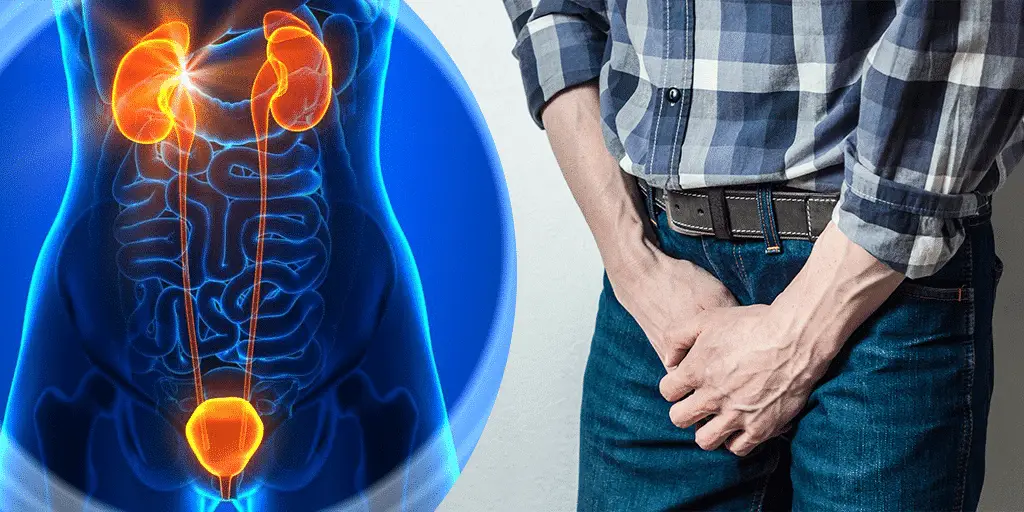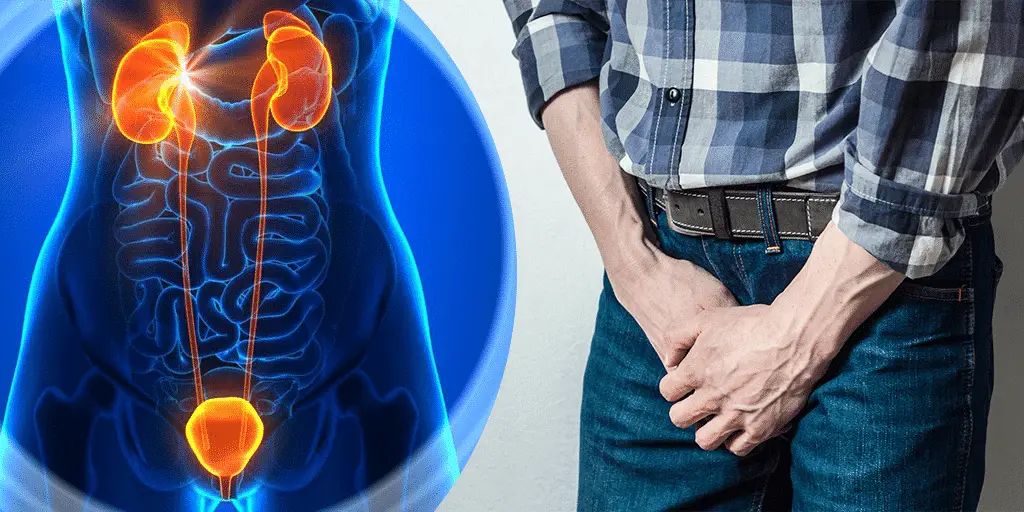Inflammation (Prostatitis)
What is Prostatitis?
Prostatitis refers to the inflammation or swelling of the prostate gland, a small organ located just below the bladder in people with a prostate. The prostate plays a key role in the male reproductive system by producing fluid that nourishes and transports sperm. Prostatitis can occur at any age, but it is most common in men under 50.
This condition can range from mild to severe and may occur suddenly or persist over time. There are several forms of prostatitis, with acute bacterial prostatitis being the most urgent and requiring immediate medical attention. Chronic prostatitis or chronic pelvic pain syndrome is less understood and can lead to long-term discomfort.
While prostatitis itself is not cancerous, it can significantly affect a person’s urinary and sexual health, and its symptoms often overlap with those of other prostate conditions like benign prostatic hyperplasia (BPH) and also prostate cancer, making it essential to differentiate between them.
Causes of Prostatitis
Prostatitis can develop due to various factors, and the specific cause depends on the type of prostatitis. Then, the main types of prostatitis include bacterial prostatitis and non-bacterial prostatitis, each with different underlying causes.

Prostatitis can be caused by several factors, depending on the type:
1. Bacterial prostatitis (acute or chronic): Caused by a bacterial infection, often from bacteria that travel up the urethra or from a urinary tract infection (UTI).
2. Non-bacterial prostatitis (also called chronic pelvic pain syndrome): The most common form, but its exact cause is often unknown. It may be linked to nerve damage, stress, autoimmune responses, or irritation from past infections.
In some cases, prostatitis can develop without any clear infection, making diagnosis and also treatment more challenging.

Common Symptoms:
- Pain or burning during urination (dysuria)
- Frequent or urgent need to urinate
- Pain in the lower back, pelvic area, or genital region
- Painful ejaculation or sexual discomfort
- Difficulty urinating or weak urine stream
- Flu-like symptoms (mainly in acute bacterial prostatitis)